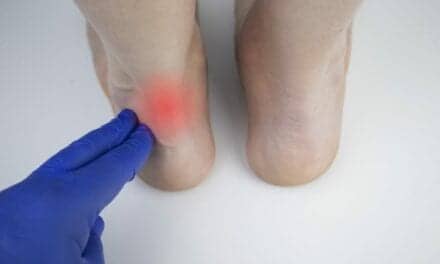A study at the Hospital for Special Surgery (HSS) indicates that hip replacement may serve as a good option to help relieve pain and improve function in juvenile arthritis patients under the age of 35 years old, should conservative treatments fail to offer relief.
According to an HSS news release, the study results indicate that total hip replacement (THR) lasted at least 10 years in 85% of patients, and 20 years in 50% of patients. It adds that once an implant wears out or is no longer viable, juvenile arthritis patients generally undergo revision surgery or a second hip replacement.
There are reportedly an estimated 300,000 children in the US diagnosed with juvenile arthritis, also known as juvenile idiopathic arthritis (JIA) or juvenile rheumatoid arthritis. The disease is diagnosed before age 16 and often persists into adulthood.
While the surgery is performed by only a small portion of specialized orthopedic surgeons, in this patient population it can be “life-changing” for JIA patients, says Mark P. Figgie, MD, senior study author, chief of the Surgical Arthritis Service at HSS.
“Joint replacement can free patients from a life of unrelenting pain…,” Figgie notes in the release.
The “Implant Survival and Patient-Reported Outcomes After Total Hip Arthroplasty in JIA Patients Under the Age of 35” study was designed to evaluate the longevity of implants in juvenile arthritis patients ages 35 years old or younger who underwent hip replacement at HSS. The release states that researchers also assessed long-term patient-reported outcomes post-surgery.
During the study, patient characteristics and implant data were collected by a retrospective chart review and follow-up surveys were conducted. The release says a Kaplan-Meier survival analysis was performed in order to evaluate how long the implant lasted, and the hip disability osteoarthritis outcome score (HOOS) was used to describe patient-reported outcomes.
Researchers collected data for 56 patients. A total of 41 of the patients had undergone bilateral hip replacement, while 15 individuals had only one side replaced, for a total of 97 hip replacement surgeries. The release reports that the mean time for follow-up was 12 years. The implant lasted at least 10 years in 85% of cases and 20 years in half of the patients who had the surgery.
Additionally, researchers say hip replacement in patients who were 25 years old or older lasted longer compared to THR in younger patients. The release notes that there were no other significant differences in implant longevity based on gender or the use of custom versus standard implants.
The results suggest that male patients reported better outcomes with respect to activities of daily living (ADLs), and patients who had received custom hip replacements did worse in their reporting of pain and the ability to perform daily activities.
Figgie adds that researchers “were not surprised that the patients who received custom implants had lower scores, since the very fact that they needed a custom implant meant they had more severe joint deformities and more severe disease.”
Ishaan Swarup, MD, an orthopedic surgery resident at HSS, echoes Figgie’s sentiment and states that the researchers “concluded that overall, hip replacement is an excellent treatment option for young JIA patients with reasonable long-term implant survival and favorable patient-reported outcomes after surgery.”
Figgie also says that while a good treatment, the longevity of the implants still needs to be improved, particularly since patients are so young.
Source(s): Science Daily, Hospital for Special Surgery




